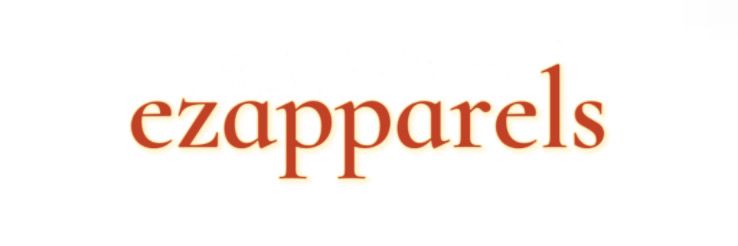Top Heat Blocking Fabric Trends for 2025
Jan. 18, 2025
As the demand for energy efficiency continues to grow, heat blocking fabrics are emerging as essential components in various design and functional applications. In 2025, several trends are shaping the market, expanding the use of these innovative materials. Below are some key trends in heat blocking fabric that are anticipated to dominate the industry:
If you are looking for more details, kindly visit heat blocking fabric.
1. Advanced Insulation Technologies
With continuous advancements in textile technology, fabrics that incorporate advanced insulation techniques are being developed. These materials are designed to reflect and dissipate heat efficiently while maintaining breathability. Manufacturers are now experimenting with multi-layer structures that enhance the performance of heat blocking fabrics, making them more versatile for both interior and exterior applications.
2. Eco-Friendly Materials
The trend towards sustainability is influencing the selection of materials used in heat blocking fabrics. Sustainable options, such as recycled polyester and organic cotton, are gaining traction. Not only do these eco-friendly fabrics reduce environmental impact, but they also offer excellent insulating properties that align with the growing eco-conscious consumer base.
3. Smart Textiles Integration
As technology continues to infiltrate everyday life, smart textiles are becoming a significant player in the heat blocking fabric market. These textiles are embedded with sensors that can monitor temperature fluctuations and adjust properties accordingly. This integration allows for an enhanced user experience, providing comfort and efficiency tailored to individual needs.
4. Versatile Color Options
Another trend in heat blocking fabrics is the expansion of color options and patterns. Manufacturers are recognizing the importance of aesthetics in design, leading to a wider array of colors and prints that do not compromise the functionality of the fabric. This trend caters to a diverse demographic, allowing consumers to choose heat blocking fabrics that complement their decor while serving a practical purpose.
Featured content:gifts & Crafts
5. Multi-Functional Applications
The versatility of heat blocking fabrics is becoming increasingly appealing, as more manufacturers are exploring multi-functional uses. From window treatments that significantly reduce heat gain to outdoor apparel that provides both sun protection and cooling properties, these fabrics are stepping beyond traditional applications. They are being integrated into a broader range of products, including tents, awnings, and automotive interiors.
6. Increased Customization Options
Customization is key in today’s textile market. Consumers increasingly seek unique features that fit their specific needs, and heat blocking fabrics are no exception. Manufacturers are responding by offering customizable options regarding thickness, weight, and even integrated technologies tailored to individual preferences. This trend signifies a shift towards consumer-centric design in the fabric industry.
7. Increased Market Awareness
As more consumers become aware of the benefits of heat blocking fabrics, educational campaigns are on the rise. Marketing efforts that highlight energy savings, comfort, and environmental benefits have led to increased interest and demand. Companies that effectively communicate the advantages of heat blocking fabrics stand to gain a competitive edge in the marketplace.
In conclusion, the heat blocking fabric landscape is evolving rapidly, driven by technological advancements, sustainability efforts, and consumer preferences. By staying ahead of these trends, manufacturers and consumers alike can harness the potential of these fabrics for a more comfortable and energy-efficient future.
Contact us to discuss your requirements of emf radiation protection blanket. Our experienced sales team can help you identify the options that best suit your needs.
82
0
0

Comments
All Comments (0)